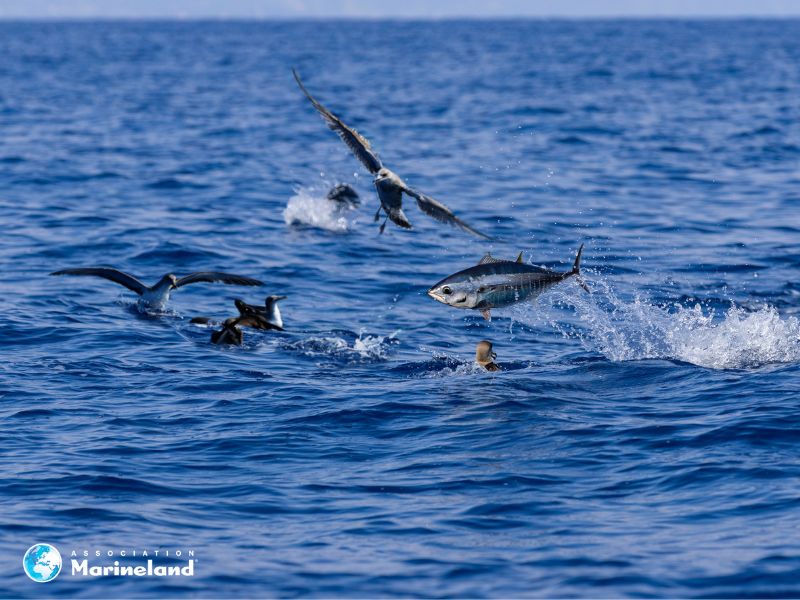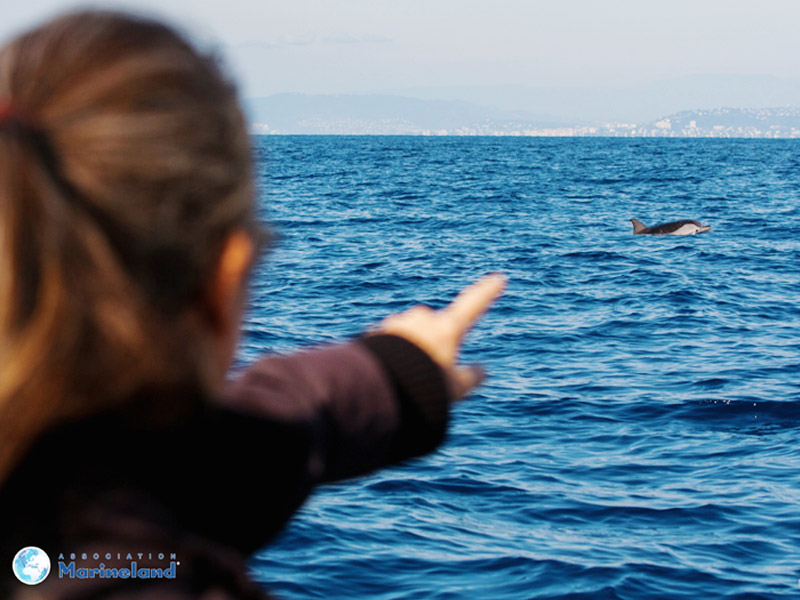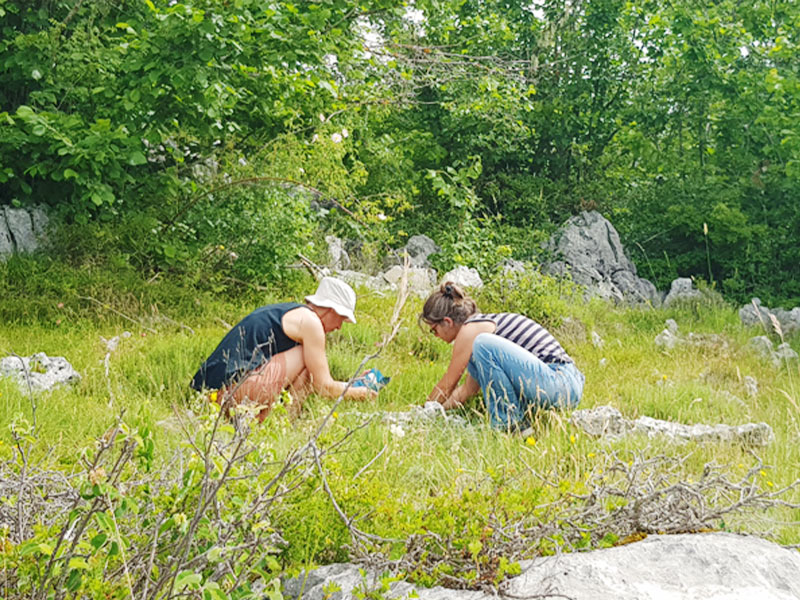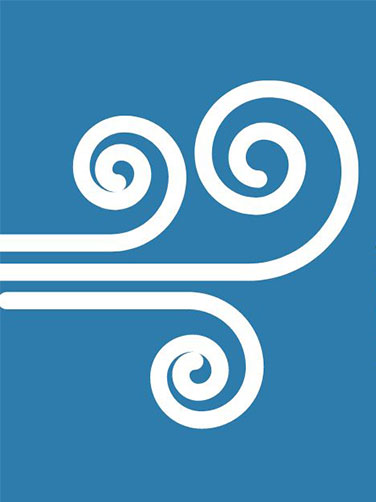When buying an adult ticket. Discover the offer here.
Naturascan
Mission at sea, a dual objective: identifying marine megafauna and collecting waste
"NaturaScan is a scientific monitoring program whose mission is to assess the presence and distribution of marine megafauna within the Natura 2000 site 'Baie et Cap d'Antibes – Iles de Lérins.'
One of the characteristics of this site is its extension offshore, hosting canyons reaching depths of over 1500 meters, favorable for the presence of marine mammals. Since January 2020, Marineland Association, the city of Antibes, and the association Les Aquanautes have been committed to sustaining this monitoring program.
Every month, an observer team sample the study area, covering an area of over 100 km², and record all observations according to a precise protocol.
During each outing, observers sample the targeted zone. They cover 73 km of linear transects at a slow speed of 5 knots, adhering to the code of conduct for marine animals. All observations are meticulously recorded. These observation data contribute to enriching knowledge within the framework of the European Directive DCSMM (Marine Strategy Framework Directive).

Photo credit : S. Jamme

Photo credit : S. Jamme
Each year, about ten outings enable the tallying of an average of 200 sightings (of whales, sperm whales, Risso's dolphins, striped dolphins, bottlenose dolphins, sea turtles, sunfish, tuna, rays, seabirds, jellyfish, etc.).
The program also incorporates the collection of marine debris encountered during the transects. Beyond removing these wastes from the marine environment, studying their nature, location, and quantity also aligns with the DCSMM directive.
In 2022 and 2023, the NaturaScan 'multiboat' operation enhanced observation efforts by engaging boaters and sea users for a joint observation outing, aiming to capture a snapshot at a specific moment of the entire concerned Natura 2000 zone.
Code of conduct for animal observation:
- Maintain a slow speed (maximum 5 knots) or turn off the engine.
- Keep a distance of 100 meters between the boat and the animal.
- If animals approach the boat voluntarily, do not touch them, maintain a slow speed without abrupt changes in direction.
- Do not pursue the animal.
- Observation time is limited to 30 minutes.
"The most important rule is to not interfere with the animals' natural behavior."
* A Natura 2000 site is a protected marine area of major interest for its biodiversity, identified at the European level for the value of the natural habitats and plant and animal species it hosts.

Photo credit : S. Jamme


